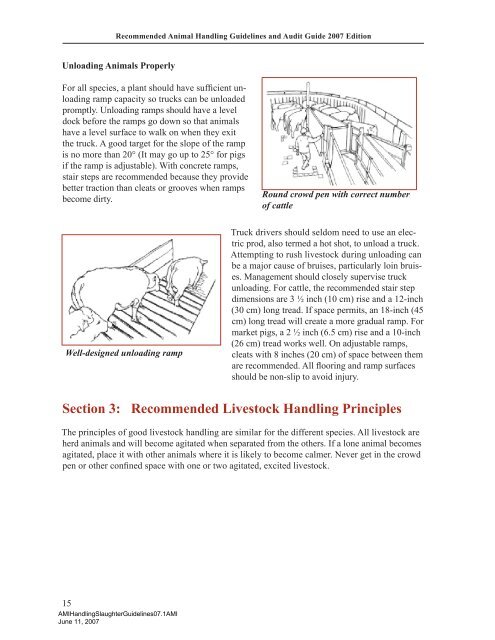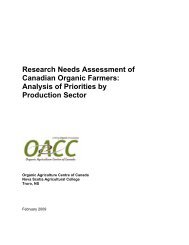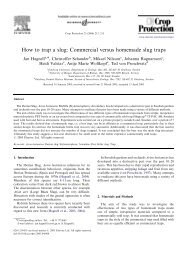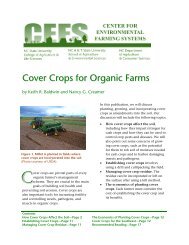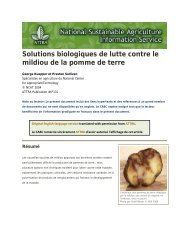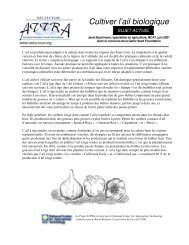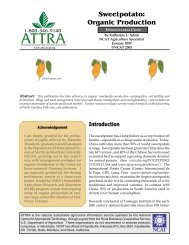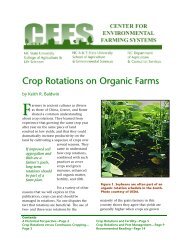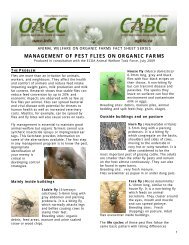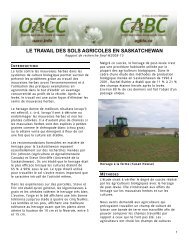Recommended Animal Handling Guidelines and Audit Guide
Recommended Animal Handling Guidelines and Audit Guide
Recommended Animal Handling Guidelines and Audit Guide
- No tags were found...
Create successful ePaper yourself
Turn your PDF publications into a flip-book with our unique Google optimized e-Paper software.
<strong>Recommended</strong> <strong>Animal</strong> <strong>H<strong>and</strong>ling</strong> <strong><strong>Guide</strong>lines</strong> <strong>and</strong> <strong>Audit</strong> <strong>Guide</strong> 2007 EditionUnloading <strong>Animal</strong>s ProperlyFor all species, a plant should have sufficient unloadingramp capacity so trucks can be unloadedpromptly. Unloading ramps should have a leveldock before the ramps go down so that animalshave a level surface to walk on when they exitthe truck. A good target for the slope of the rampis no more than 20° (It may go up to 25° for pigsif the ramp is adjustable). With concrete ramps,stair steps are recommended because they providebetter traction than cleats or grooves when rampsbecome dirty.Round crowd pen with correct numberof cattleWell-designed unloading rampTruck drivers should seldom need to use an electricprod, also termed a hot shot, to unload a truck.Attempting to rush livestock during unloading canbe a major cause of bruises, particularly loin bruises.Management should closely supervise truckunloading. For cattle, the recommended stair stepdimensions are 3 ½ inch (10 cm) rise <strong>and</strong> a 12-inch(30 cm) long tread. If space permits, an 18-inch (45cm) long tread will create a more gradual ramp. Formarket pigs, a 2 ½ inch (6.5 cm) rise <strong>and</strong> a 10-inch(26 cm) tread works well. On adjustable ramps,cleats with 8 inches (20 cm) of space between themare recommended. All flooring <strong>and</strong> ramp surfacesshould be non-slip to avoid injury.Section 3: <strong>Recommended</strong> Livestock <strong>H<strong>and</strong>ling</strong> PrinciplesThe principles of good livestock h<strong>and</strong>ling are similar for the different species. All livestock areherd animals <strong>and</strong> will become agitated when separated from the others. If a lone animal becomesagitated, place it with other animals where it is likely to become calmer. Never get in the crowdpen or other confined space with one or two agitated, excited livestock.15AMI<strong>H<strong>and</strong>ling</strong>Slaughter<strong><strong>Guide</strong>lines</strong>07.1AMIJune 11, 2007


